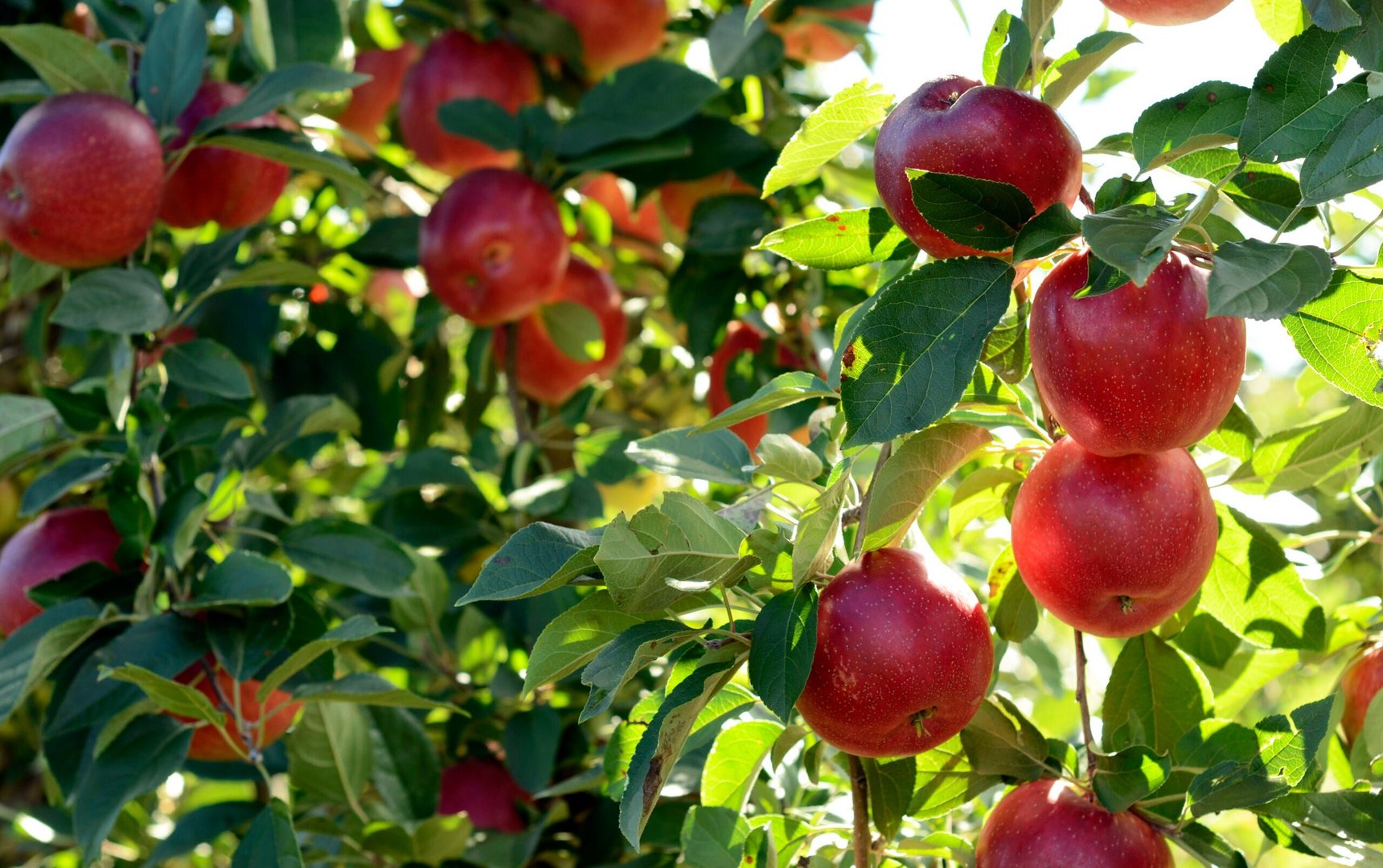
Washington Halts Surface Water Use in Yakima Basin Amid Record Drought, Farmers Brace for Impact
State’s unprecedented curtailment underscores severity of three-year drought as growers scramble for alternatives
Farmers across Central and Eastern Washington’s Yakima River Basin are confronting an acute water shortage after the Washington State Department of Ecology issued an emergency curtailment order on October 6, 2025, halting most surface-water diversions through the end of the month.
The action came in response to a third consecutive year of drought and historic reservoir depletion that left even senior water-right holders without sufficient supply.
Under the order, more than 1,500 water-right holders in the basin were affected, among them large agricultural irrigation districts serving tree fruit, hops and grapes.
Field-level accounts report growers adopting drastic measures: shifting to drip irrigation, tapping emergency wells, leasing senior water rights, and in some cases abandoning portions of crop acreage altogether.
One vineyard owner near Prosser recalled ending surface deliveries as early as September 24 to preserve remnant soil moisture ahead of winter.
The curtailment follows the landmark Yakima Basin Integrated Plan, designed to bolster water security via new storage and infrastructure, which set a major milestone for June 30 but now stretches to 2035 amid shifting timelines.
State Representative Chris Corry emphasised that the root cause remains the region’s lack of additional water storage capacity: “We need more storage.
End of the story.” He called for greater deployment of revenue from the state’s Climate Commitment Act to expedite storage solutions rather than deferred fixes.
Beyond the drought alone, farmers also face consolidation pressures in the market: larger corporate entities with longer capital horizons are acquiring farmland and can better weather revenue shortfalls, while smaller operations contend with rising labour, benefit and regulatory costs.
Corry warned that regulatory burdens, including new paid-family sick-leave laws, compound the stress on small farms: “What I would say our best plan is to get the hell out of the way and make sure our small farmers and ranchers aren’t being bogged down.”
Local officials and growers view the curtailment order as more than a seasonal setback—it signals a structural shift in water-risk management for one of the nation’s key agricultural regions.
Although the moratorium is set to expire on October 31, with diversions eligible to resume on November 1 for year-round surface-water rights, storage remains at just eight percent of capacity, leaving the basin vulnerable to further shortfalls.
The action came in response to a third consecutive year of drought and historic reservoir depletion that left even senior water-right holders without sufficient supply.
Under the order, more than 1,500 water-right holders in the basin were affected, among them large agricultural irrigation districts serving tree fruit, hops and grapes.
Field-level accounts report growers adopting drastic measures: shifting to drip irrigation, tapping emergency wells, leasing senior water rights, and in some cases abandoning portions of crop acreage altogether.
One vineyard owner near Prosser recalled ending surface deliveries as early as September 24 to preserve remnant soil moisture ahead of winter.
The curtailment follows the landmark Yakima Basin Integrated Plan, designed to bolster water security via new storage and infrastructure, which set a major milestone for June 30 but now stretches to 2035 amid shifting timelines.
State Representative Chris Corry emphasised that the root cause remains the region’s lack of additional water storage capacity: “We need more storage.
End of the story.” He called for greater deployment of revenue from the state’s Climate Commitment Act to expedite storage solutions rather than deferred fixes.
Beyond the drought alone, farmers also face consolidation pressures in the market: larger corporate entities with longer capital horizons are acquiring farmland and can better weather revenue shortfalls, while smaller operations contend with rising labour, benefit and regulatory costs.
Corry warned that regulatory burdens, including new paid-family sick-leave laws, compound the stress on small farms: “What I would say our best plan is to get the hell out of the way and make sure our small farmers and ranchers aren’t being bogged down.”
Local officials and growers view the curtailment order as more than a seasonal setback—it signals a structural shift in water-risk management for one of the nation’s key agricultural regions.
Although the moratorium is set to expire on October 31, with diversions eligible to resume on November 1 for year-round surface-water rights, storage remains at just eight percent of capacity, leaving the basin vulnerable to further shortfalls.











